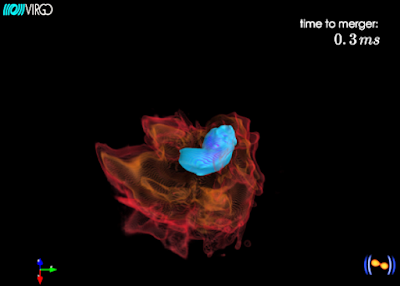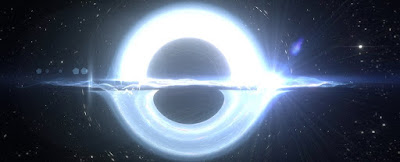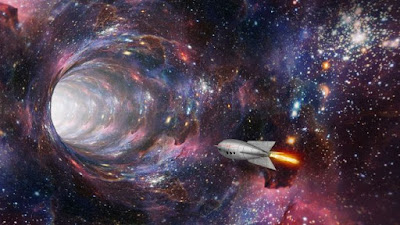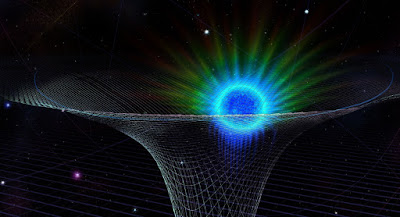Topics: Astrophysics, Black Holes, Cosmology, General Relativity, Hubble
Using data from the Hubble Space Telescope and two X-ray observatories, the researchers determined that this black hole is more than 50,000 times the mass of our sun and located 740 million light years from Earth in a dwarf galaxy, one containing far fewer stars than our Milky Way.
Black holes are extraordinarily dense objects possessing gravitational pulls so powerful that not even light can escape.
This is one of the few “intermediate-mass” black holes ever identified, being far smaller than the supermassive black holes that reside at the center of large galaxies but far larger than so-called stellar-mass black holes formed by the collapse of massive individual stars.
“We confirmed that an object that we discovered originally back in 2010 is indeed an intermediate-mass black hole that ripped apart and swallowed a passing star,” said University of Toulouse astrophysicist Natalie Webb, a co-author of the study published this week in Astrophysical Journal Letters.
Astronomers spot 'missing link' black hole - not too big and not too small
Will Dunham, Reuters Science




